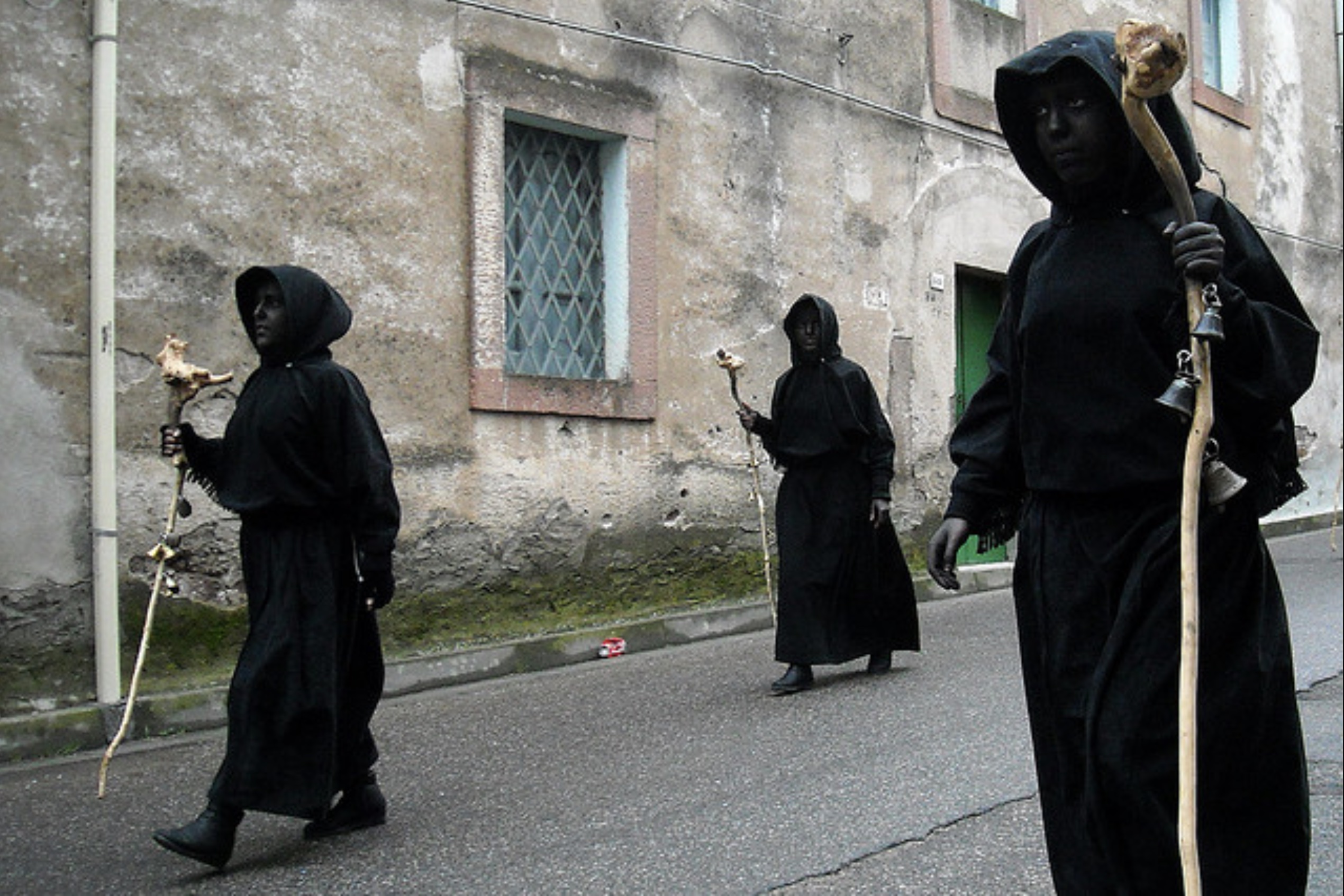The Witches’ Village 0 Commentaires

Villacidro is a small town in the Medio Campidano area, famous for its cherries, its citrus fruits, its olive oil and its healthy air. But it is curious that it was once known as "Sa Bidda De Is Cogas", the witches’ village.
Today the Gabbiano Azzurro Hotel & Suites’ Blog is willing to intrigue you, because ancient Sardinia, being so rich in curing plants, must have been a very precious source for those women who cured and healed with herbs.
But let's see how things went. It all started precisely because of the folk medicine practised by women using herbs. "For centuries women were doctors without degrees, barred from books and lectures, learning from each other, and passing on experience from neighbour to neighbour and mother to daughter. They were called “wise women” by the people, witches or charlatans by the authorities. Medicine is part of our heritage as women, our history, our birth right." says Barbara Ehrenreich, author of “We are the witches”, from 1975.
Women as such should not and could not practise medicine because Authorities were conditioned by the Church and the Church was supported by the Authorities preventing it. It was an atavistic fear that associated women with witchcraft, because women were considered inferior and therefore could not know anything about science. More likely they could handle witchcraft. It is interesting to see with today's eyes how their knowledge of herbs healing properties was considered, which was an ancient knowledge passed on from women generations. These were officinal or medical plants which modern science of phytotherapy, i.e., "curing with plants", uses to treat ailments and diseases.
The witchcraft accusation was generally intended for easily attacked categories as women were, frequently elderly and widowed, or else unmarried. Often were single women who performed jobs such as midwife or healer.
But not only in Villacidro. In the Middle Ages, the persecution of women, judged by the Church and by the community where they lived, was a red thread running through several centuries of the whole mediaeval European history. There were tens of thousands of women who died burned at the stake.
During the inquisition in Medio Campidano, seven women were convicted of witchcraft and accused of having been the cause of the death of some children. If we add that infant mortality at the time was very high, the accusers had an easy game with it.
They were called Cogas, witches, but most likely they were "maistas de partu", midwives, capable of helping women to give birth and skilled in the use of medicines which they accompanied by reciting the "abrebus", the magical Sardinian words, which helped the denigrators to decrease it to a magical or even satanic rite. In fact, a word and an accusation from anyone was enough to let them end up in front of the inquisitor judge.
These women were appreciated but feared at the same time, so much so that in Villacidro the superstition on "is cogas" reached the point that in 1631 they built a country church devoted to Saint Sisinnio, triumphant over the tempting devil and protector of mother and child after birth. He was called "su congiuradori", exorcist, or "scacciacogas", which means "the one who hunts witches".
The Saint is still celebrated every year on the first Sunday of August, in the village’s ancient country church, among centuries-old olive trees. The area, operational with picnic tables and stone barbecues, is ideal for telling old stories and reliving the ancient myths of tradition.
"Witches ceased to exist the day we stopped burning them." (Voltaire)
--Written by Daniela Toti
Share your opinion with us!